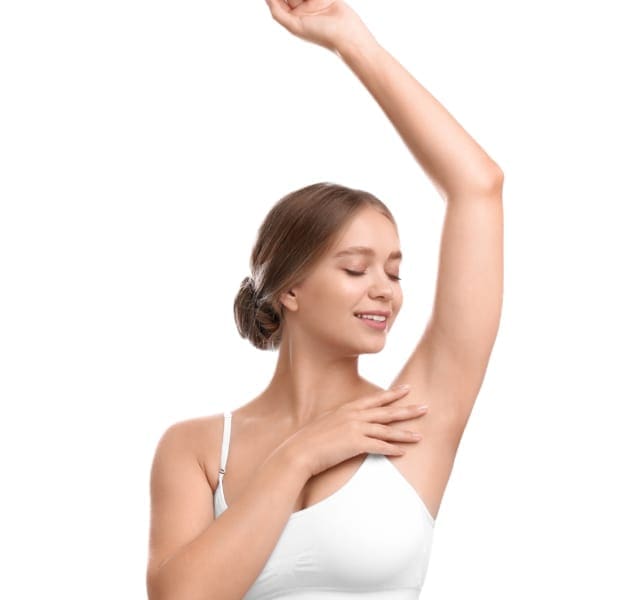Once the patient has a diagnosis, they can work in a stepwise approach to try and control their symptoms and discomfort. For example, if they have been diagnosed with generalised or secondary focal hyperhidrosis, then the underlying cause will require medical intervention and consequent treatment.
If they have primary focal hyperhidrosis, patients have many options available to them and this is where the pharmacist can intervene and provide advice, support and treatment.
OTC topical treatments
The primary product to control sweating is an antiperspirant. Unlike a deodorant, which merely masks the smell, an antiperspirant is an astringent which works to reduce sweat secretion. Individuals with hyperhidrosis will no doubt find that standard products are not effective for them and their formulation may not always be appropriate for the location of the sweating.
However, stronger antiperspirants are available to buy in the pharmacy. Aluminium chloride 20% solution is available as a general sale list (GSL) product, and examples include: Driclor (roll-on), Perspirex (roll-on or lotion) and Odaban (spray).
Alternatively, various forms in larger bottles are available as pharmacy (P) medicines, including Driclor and Anhydrol Forte. They can be supplied on prescription, but it may cheaper to buy over the counter than to pay the NHS prescription charge in England.
Patients should be advised to use roll-on versions for treatment of hyperhidrosis of the armpits, hands and feet. One or two “rolls” should be applied once at night-time to completely dry, unbroken skin. They should not be applied straight after bathing and should be left overnight to work on the sweat glands before being washed off the following morning.
You can advise patients that the frequency may be reduced to once or twice a week as the condition improves, but can return to daily application if the condition worsens.
Normal deodorant and perfume can be worn during the day, but patients should not shave for 24 hours before and after application of aluminium chloride products. You should make patients aware these products have the potential to discolour clothing and warn them to take care around open flames, as the products are flammable.
Odaban spray can be used all over the body, but only one or two sprays are required and the excess should be wiped away with a tissue. You should advise patients to only use it on problem areas. Some patients who have excessive sweating of the face may prefer to apply the product to a cotton pad and then to the face.
As aluminium chloride may cause skin irritation, you should consider if the patient has sensitive skin before recommending products containing this active ingredient. If irritation does occur then you can recommend soap substitutes, less frequent use of the product or hydrocortisone 1% cream for up to two weeks to reduce the irritation.
Prescribed oral treatments
Topical treatments may not always be effective or the areas may not be suitable for this treatment. Anticholinergics are the main form of oral treatment, although the side effects of dry mouth, constipation, urinary retention and blurred vision may not be tolerated by all.
Anticholinergics decrease sweat secretion by competitive inhibition of acetylcholine at the muscarinic receptors near eccrine sweat glands. Modified-release oxybutynin can be used, but this is an off-label indication. Propantheline bromide is licensed for use in gustatory sweating.
Prescribed topical treatments
Higher strength aluminium salts (up to 50%), and topical glutaraldehyde or formaldehyde are an option for those who do not respond to other treatments.
Specialist treatments and surgery for excessive sweating hyperhidrosis
Botox
Botox contains botulinum toxin type A complex and is licensed for intradermal use for severe hyperhidrosis of axillae unresponsive to topical antiperspirants or other treatments.
It acts by inhibiting acetylcholine release from the sympathetic cholinergic nerve terminals that supply sweat glands. The treatment can be painful, but the effects will typically last between six and nine months.
Iontophoresis
This process involves a machine passing a low voltage electrical current through the skin. It tends to be used on the hands or feet while they are immersed in shallow trays of water, but can also be used to treat the underarms, with the aid of electrodes. The mechanism of action is not completely understood, but it is found to be effective in about 70-80% of patients.
An improvement is normally noticed after six to 10 sessions, and this is maintained by further treatments at intervals of one to four weeks. Adverse effects include transient discomfort, erythema and vesicle formation at the treatment site.
National Institute for health and Care Excellence (Nice) guidelines state that glycopyrronium bromide can be added to tap water during iontophoresis if tap water alone has not worked; however, anticholinergic side effects such as those mentioned previously may be experienced.
Surgery
Surgery is only considered if other treatments have failed or are not tolerated. Local surgery, involving localised resection of eccrine sweat glands, can be successful for some. It is useful for small areas of axillary excessive sweating hyperhidrosis, but there is little research into its long-term efficacy.
Endoscopic thoracic sympathectomy (ETS) is a last resort carried out under general anaesthetic by a vascular surgeon. It involves division of the sympathetic chain over the neck of the ribs in the pleural cavity, with the aim of preventing transmission of nerve signals from the sympathetic ganglia to the nerve fibres producing the excessive sweating.
It is used as a permanent symptom relief solution in the case of severe hand, axillary and sometimes craniofacial hyperhidrosis. Unfortunately, after about six to 12 months, it can result in compensatory hyperhidrosis in other areas of the body; for example, the back or legs. Other complications can include gustatory sweating, pneumothorax, atelectasis and significant bleeding.
Alternative treatments to excessive sweating hyperhidrosis












Share